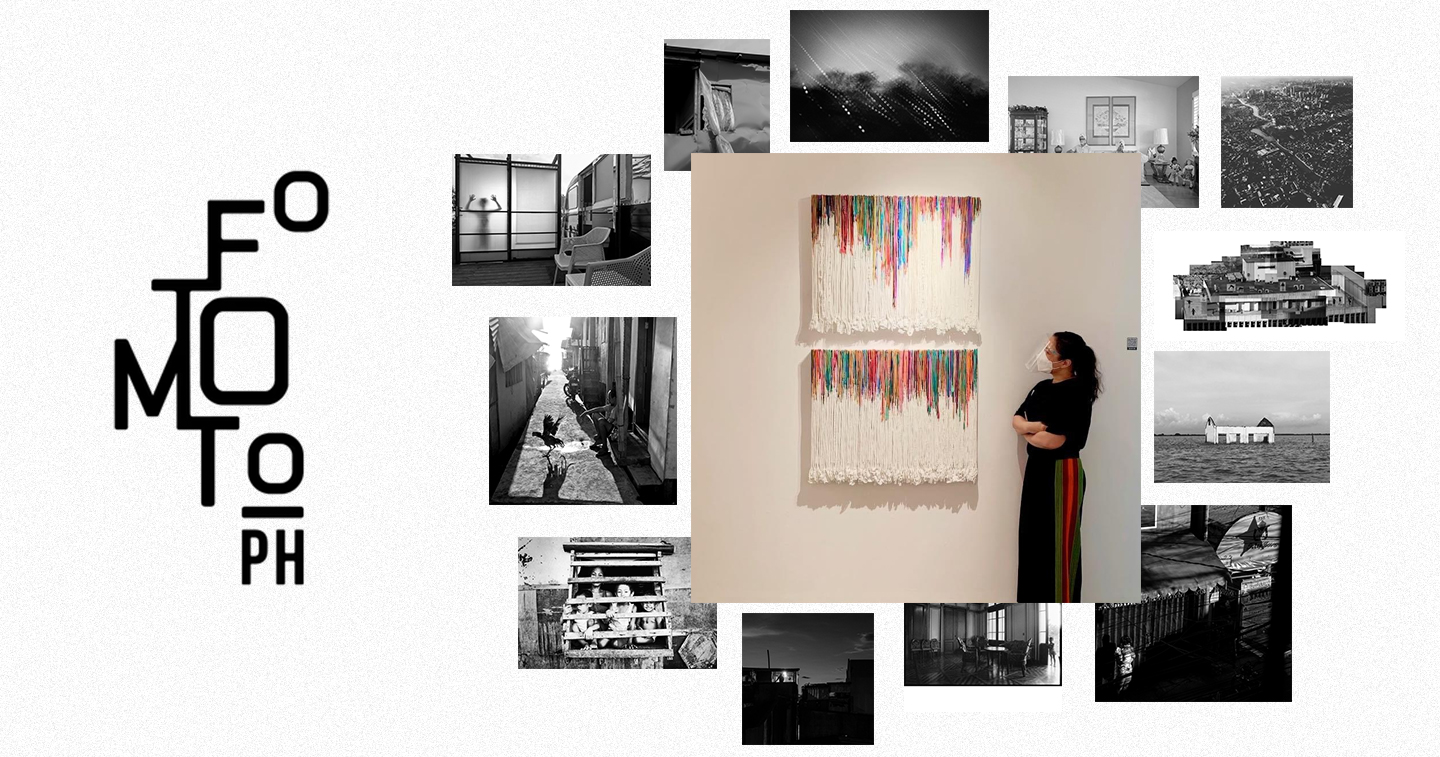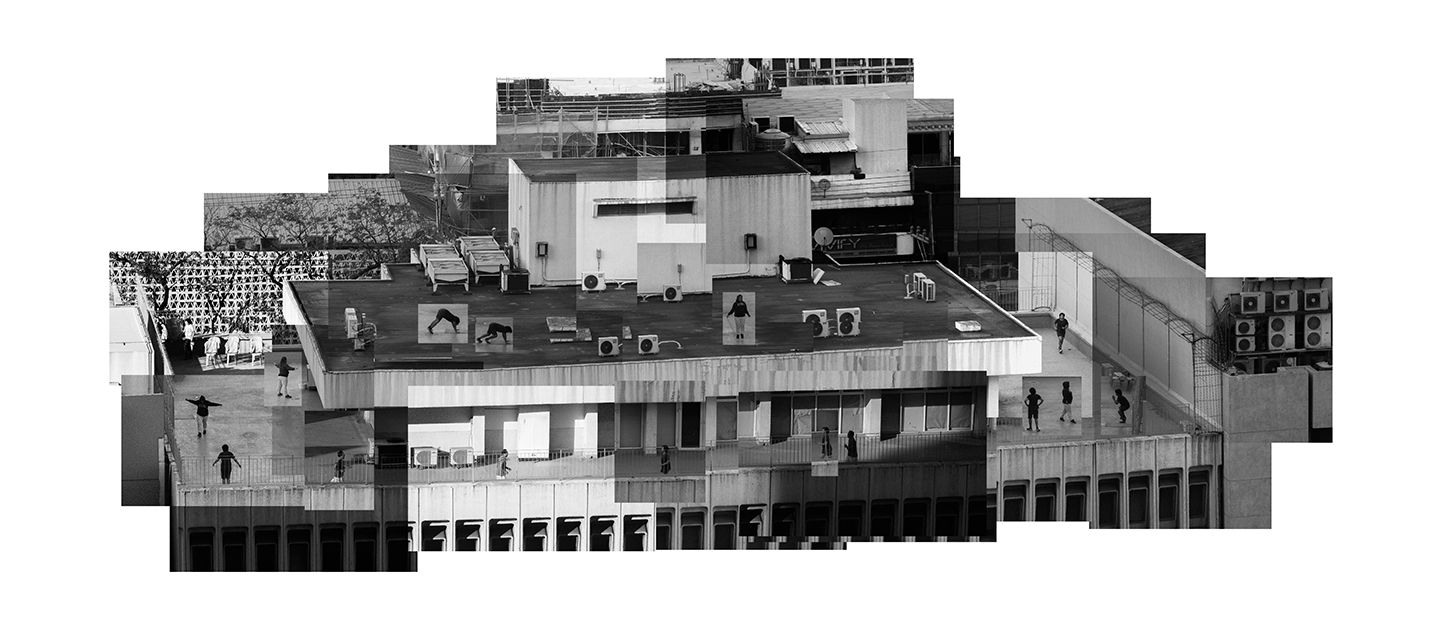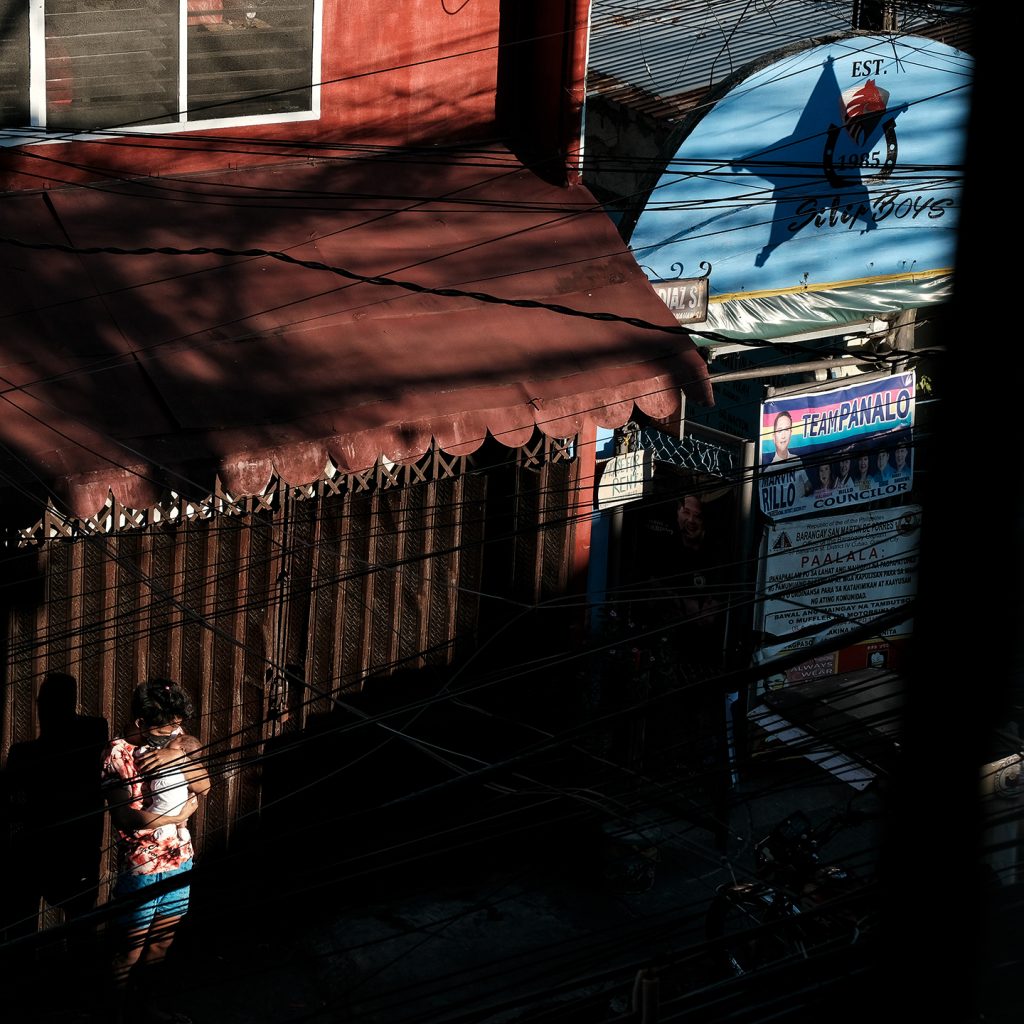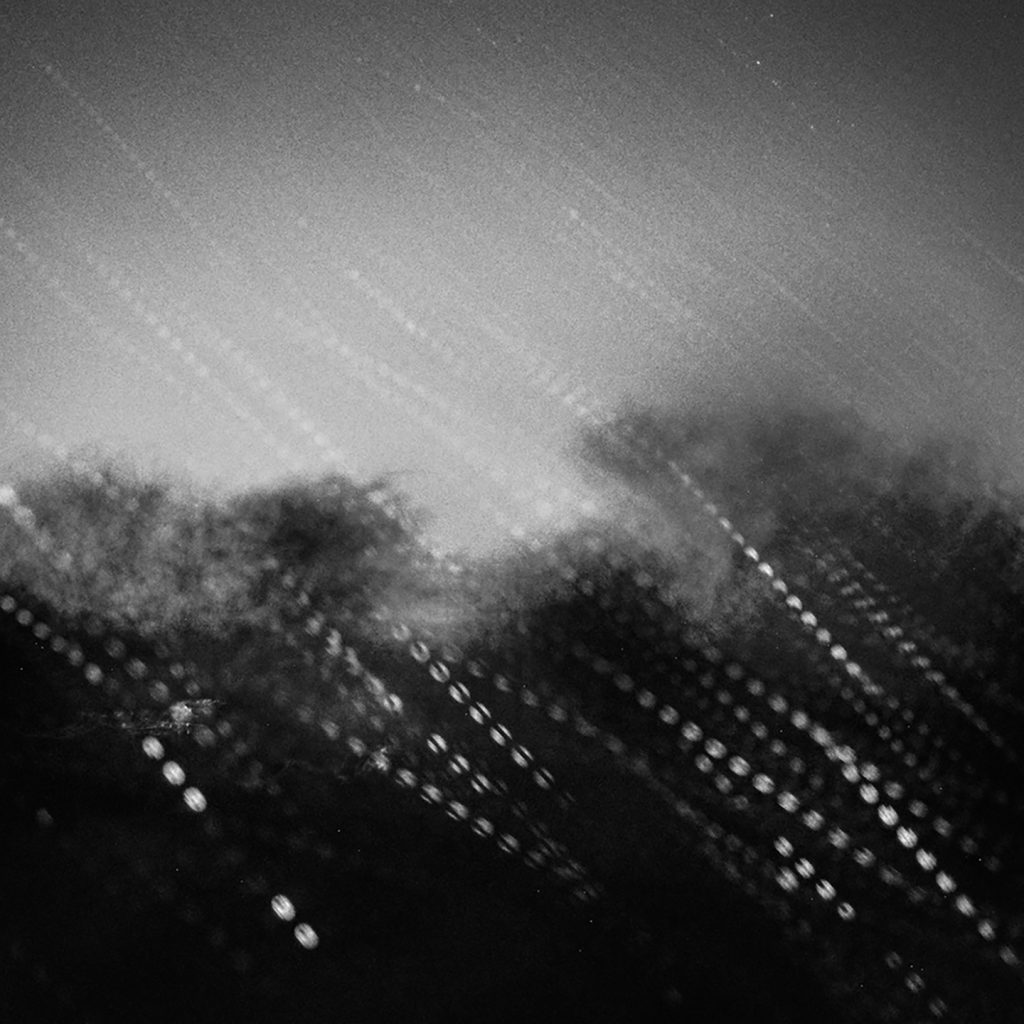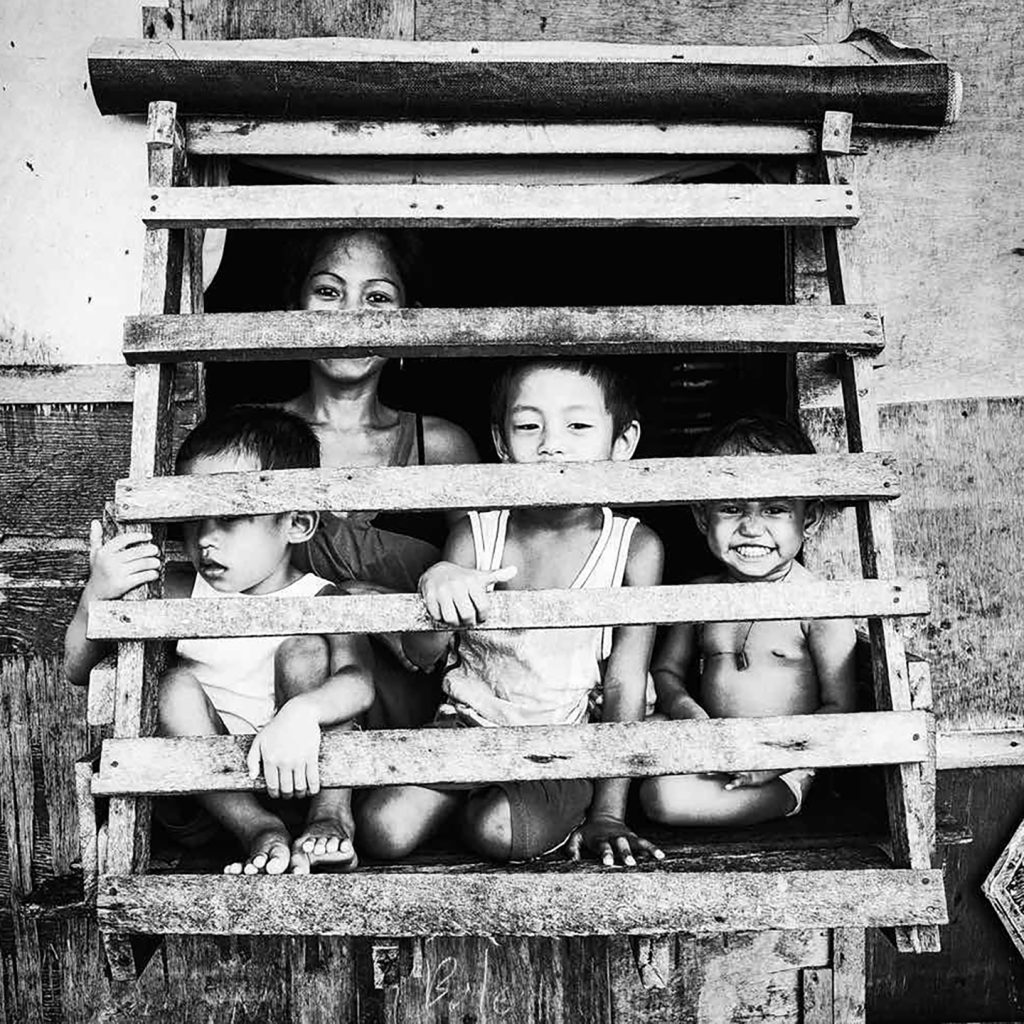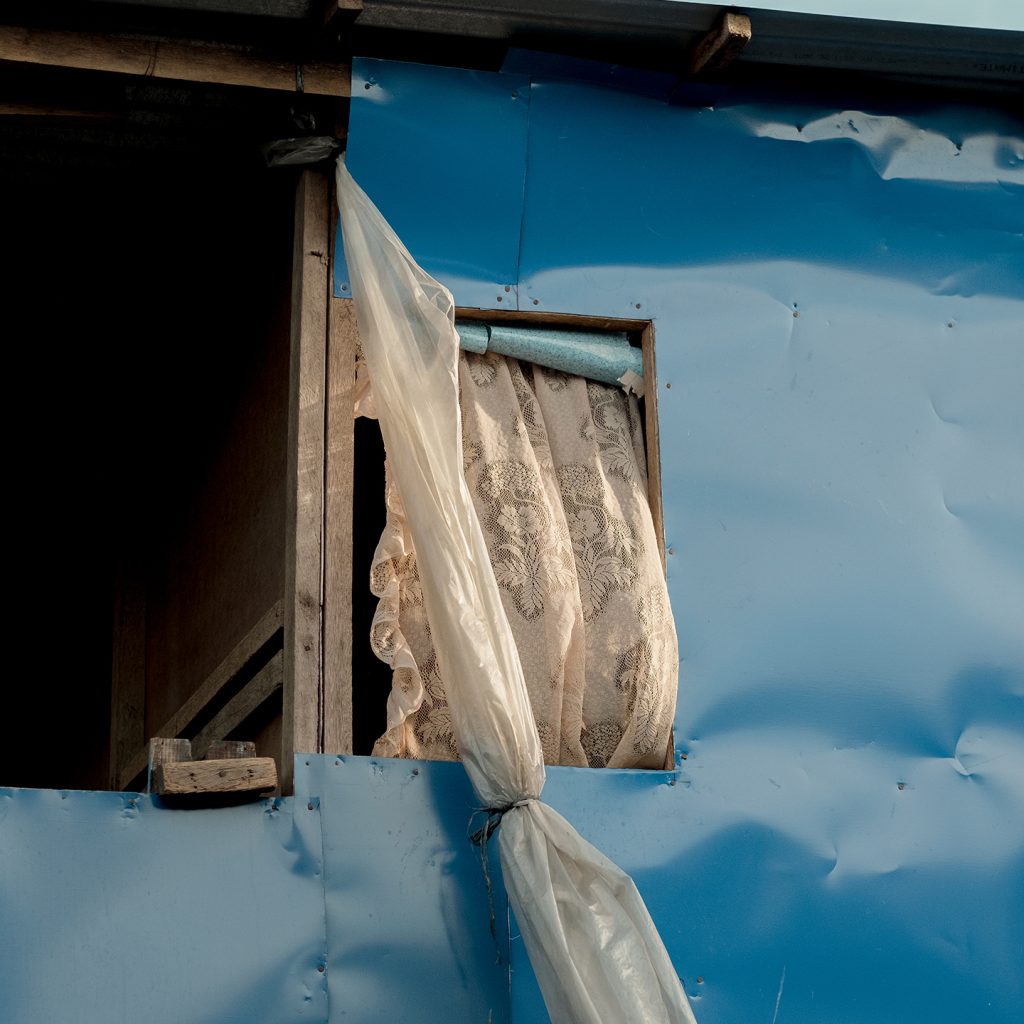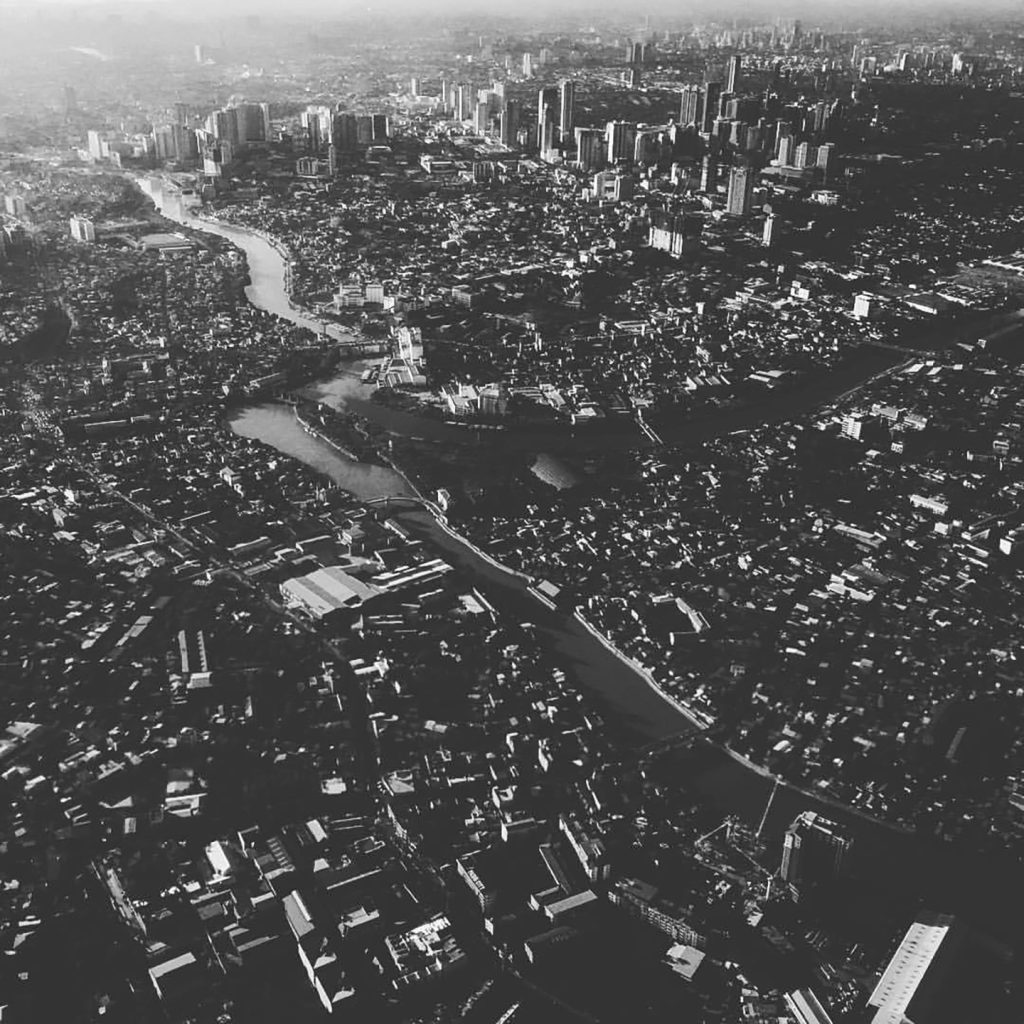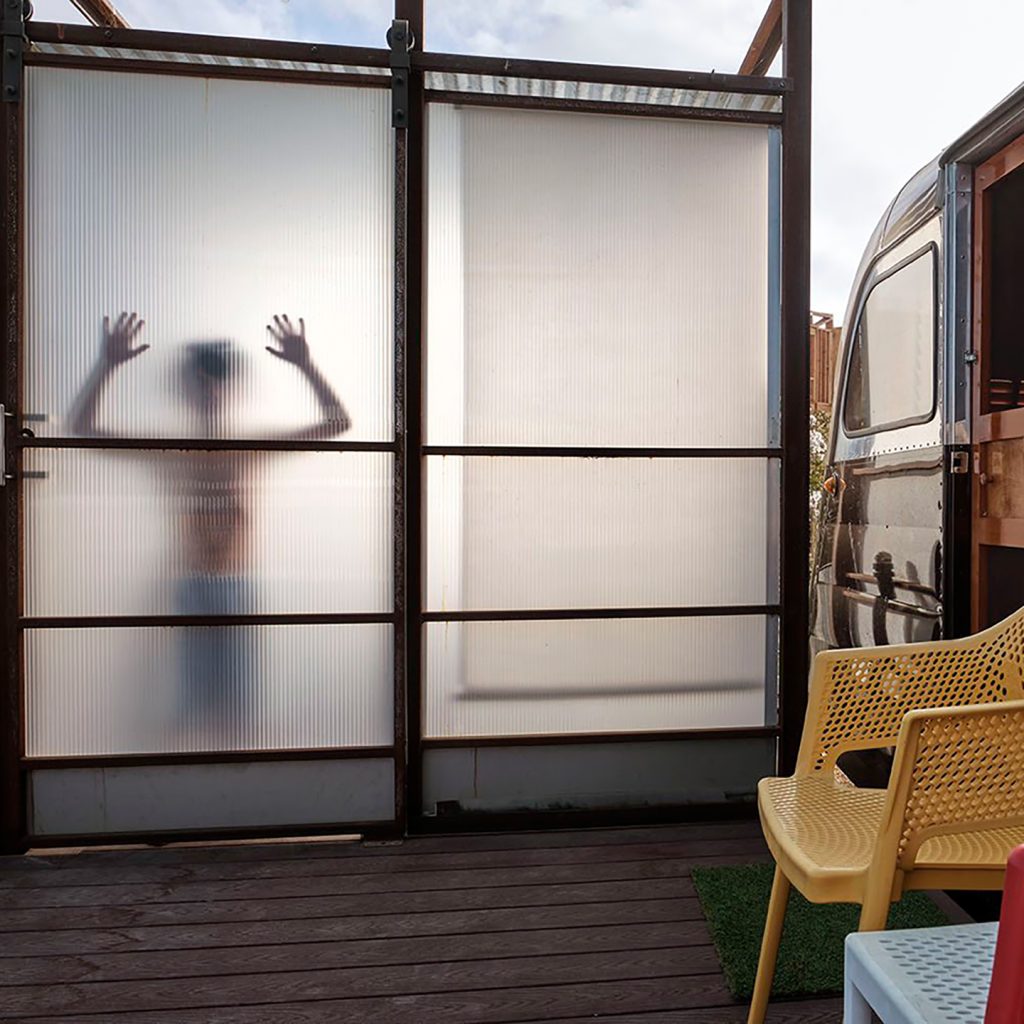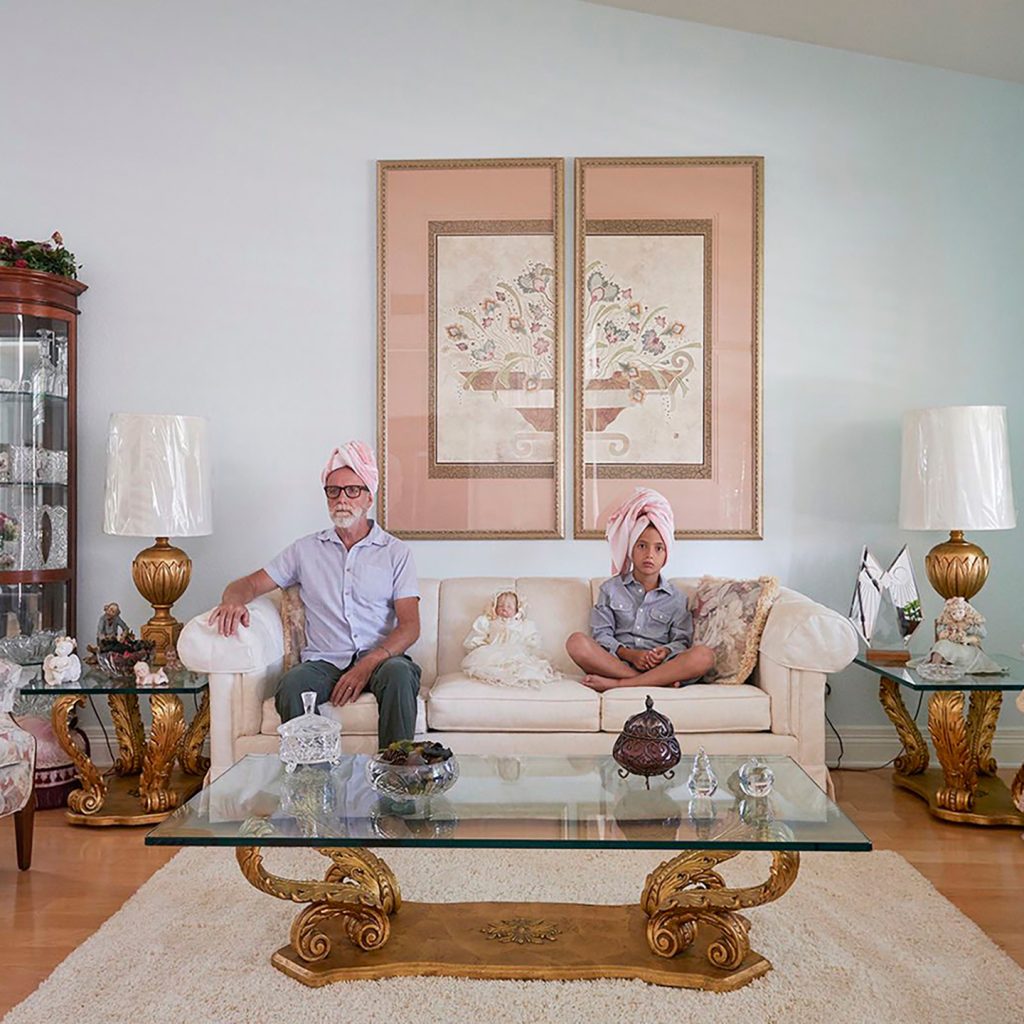MANILA, PHILIPPINES — Botany and photography may sound intrinsically different to most, but not to Stephanie Frondoso who is a curator, writer, and artist based in the Philippines. During the initial Covid-19 lockdowns, she learned to explore the potential of plants as material for image making through obscure cameraless photographic techniques.
In her own home, Stephanie started to become aware of the possibilities of growing and harvesting art material through a crisis garden she planted herself. This prompted a burgeoning knowledge of permaculture, food forestry, composting from kitchen scraps, recycling supplies for urban farming, and the essential presence of pollinators.
Stephanie is among the many Filipino creatives to emerge from lengthy isolation periods with newfound creativity and a reshaped definition of home. She ties this awareness with Fotomoto, her current long-term project as a curator, to promote
adobo: Hi Stephanie! Between 2017 and 2022, you’ve curated an impressive 21 exhibitions. What are your personal criteria for the selection process? Is it the same for Fotomoto 22?
Stephanie: Thank you. It took plenty of hard work throughout those years, but all the experiences were worthwhile. I make exhibitions for a wide range of artists at different stages in their practice. Artists evolve during their lifetimes, so each stage is important and valuable. Therefore I do not select artists based on how far they have advanced, but rather on whether these artists are deeply engaged with our times, making work that is relevant and unafraid to experiment with materials needed to effectively convey their thoughts and ideas.
Fotomoto 22 carries the theme, “Home.” Has your own perception of this changed during this pandemic?
My perception of home has changed drastically, especially during the strictest lockdown periods. I started planting vegetables all over my house– in every available space, including the roof. Seeing vegetables grow was a calming activity, from which I learned countless lessons. Eventually, I began using the plants in my garden for experimental photography, specifically for making anthotypes, chlorophyll prints, and lumen prints. It was a way of making art without having to leave home to buy traditional art materials such as paint and canvas. I created work simply from plant emulsions, sunlight, or leaves as the support. This body of work was later featured in several exhibitions, magazines, and a book. I also shared my self-taught knowledge through workshops. I realized that working from home with all its limitations can spark much creativity and still build connections and communities.
What do you hope audiences will take away from this exhibition?
I hope that by seeing different perspectives of home, audiences will become reflective, enlightened, and inspired to find ways of improving society through the arts and practical action.
After the exhibition period, do you dedicate time to connect with the artists and follow up on their works?
The exhibition period includes talks, photo project presentations, and portfolio reviews, which we hope the artists attend so that we can spend more time with them and have conversations about their work and photography in general.
Fotomoto has a programming committee, led by Jes Aznar, and for the UP show he has invited experts to discuss: writing for photography, photo curating, a survey of Southeast Asian photography, the state of Philippine photojournalism, building portfolios, alternative processes, digital printing and much more. Our plans go much further beyond sales and marketing, and reach into visual literacy and education, both for our artists and our audiences. We do acknowledge that being able to sell the work of our photographers is very important, so this year instead of showing at restaurants and bars, we have decided to partner with galleries in dealing with collectors and marketing to their audiences.
Fotomoto aims to foster conversations about photography’s role in our culture and demonstrate ways in which the photographic medium as an art form can express our complex identities. What is the essence of photography that has the power to move people so profoundly, enough to stir discussion and encourage change?
Photography captures a single moment in time that can never happen again. That moment is perceived and expressed individually by every photographer, such that even if each one is looking at the same subject, their images may all be different. Minute decisions are being made with each photograph. It is not only a visual record but also a visual expression. That makes it a very powerful art form. I think photography can reflect our realities more relatable way than many other art forms.
To learn more about Fotomoto and its upcoming exhibit, visit the website.

